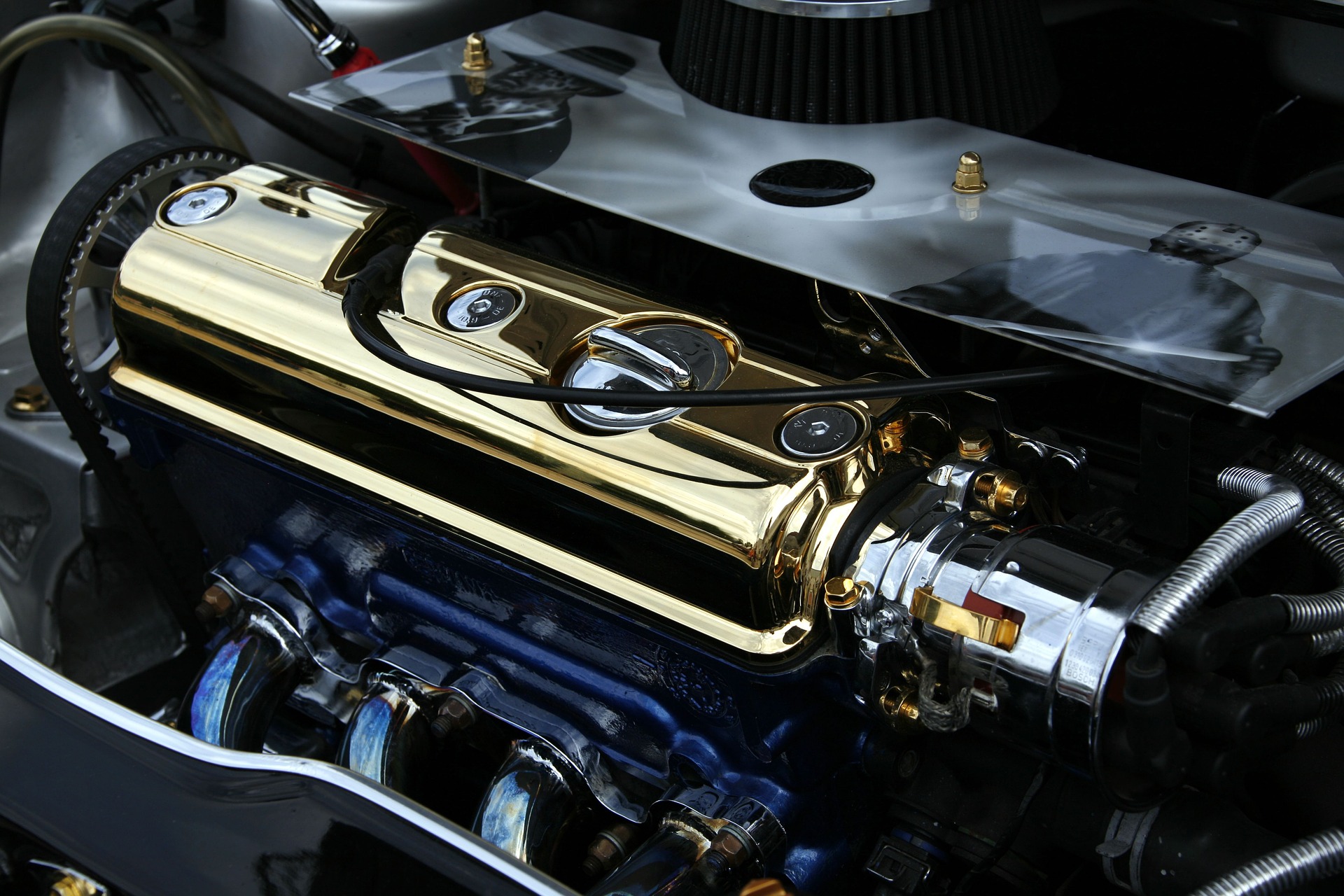Serious problems with thermostat can lead to engine brokenness
The thermostat in your car is a small technical unit of great importance. Completely independent, it ensures the operation of the engine in any temperature conditions, preventing overheating of the motor.
The thermostat has a fairly simple structure, and it does not require any additional care or maintenance. However, failures of this unit can cause critical engine failures.
How does it work?
The purpose of the thermostat is to control the temperature of the liquid in the cooling system. While the system is warmed up, the thermostat lets the antifreeze (or part of it) go through the radiator, and in a situation when the system is cold, the thermostat pulls the liquid in a small circle.
At what temperature of the engine does the mechanism start?
Depending on the type of engine, the range of optimal temperatures of its operation varies, on average between 70 and 97°C. Thus, when the engine temperature is below the minimum, the resistance of the pistons increases. The thermostat warms-up the antifreeze by running it in a small circle.
With sufficient heating of the engine, the run of the liquid begins due to the open valve, while access to the small circle (through the bypass channel) can be completely stopped. This occurs when intensive cooling is required. Under normal conditions, the antifreeze runs in two directions.
Thus, each thermostat has its own temperature index at which the antifreeze pass valve to the radiator is opened – which is indicated on its metal housing and depends on the technical characteristics of the engine. For example, such temperature indicators can be 76°C and even 107°C (for regions with predominantly negative air temperature and harsh climatic conditions).

Faults and risks
Less problem – is a positive trait of
1) Fully closed = overheating of the motor
In this case, it is better to evacuate your car immediately to the service station. In case of overheating, the engine can jam, and smoke. And this will lead to even more problems.
2) Fully (partially) open = piston wear
The engine will warm up more (at low temperatures and can’t warm up at all), the engine oil will be more viscous and worse to lubricate the parts, therefore the resistance to the movement of the pistons will be increased.
Failure of the thermostat is not a common problem. Problems with this unit can be avoided:
- If the thermostat itself is made of high quality
- It is necessary at least once a year (better after winter) to diagnose the service shop
Thermostat does not fit your engine type
Do not forget to monitor your car and regularly check the operation of electronic systems using inCarDoc.
